Next up we introduce a fruit bomb coffee called the Beloya from Yirgacheffe in Southern Ethiopia. We’ve named this coffee after Beloya processing station, who have adopted one of the newer experimental processing methods for this particular coffee, known as anaerobic fermentation.
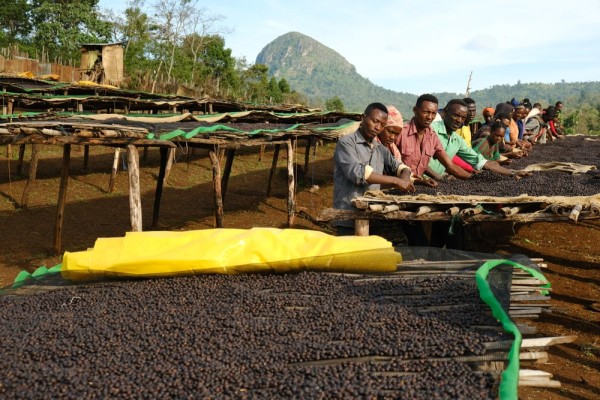
Experimental Anaerobic Natural processing
Once the ruby red coffee cherries are picked and sorted they are sealed in containers for fermentation. The air tight seal means the microbes fuelling fermentation quickly consume all the oxygen in the container, and at this point the environment becomes anaerobic (without oxygen). In this new environment, the microbes that typically breathe oxygen have a harder time surviving and those that flourish on carbon dioxide (the typical byproduct of oxygen-breathing microbes) are able to dominate fermentation.
Microbes are immensely diverse and have the potential to produce a wide array of flavours in food and especially our drink of choice, coffee. Aerobic (oxygen-breathing) microbes produce different flavour profiles to anaerobic, so here we have the potential to produce vastly different flavour profiles by changing the available resources for the microbes.
Can you taste it?
This experimental anaerobic fermentation has produced a particularly fruity coffee. Expect tasting notes of wild strawberry, blueberry with a creamy milk chocolate body.
Our recommendation
Due to its light and delicate flavour we recommend trying this coffee black to accentuate this, whether on filter or espresso. Of course if your prefer coffee with milk it still taste great, so each to their own.
We recommend consuming this coffee between weeks 2 to 4 after its roast date, but of course, try it before or after too.



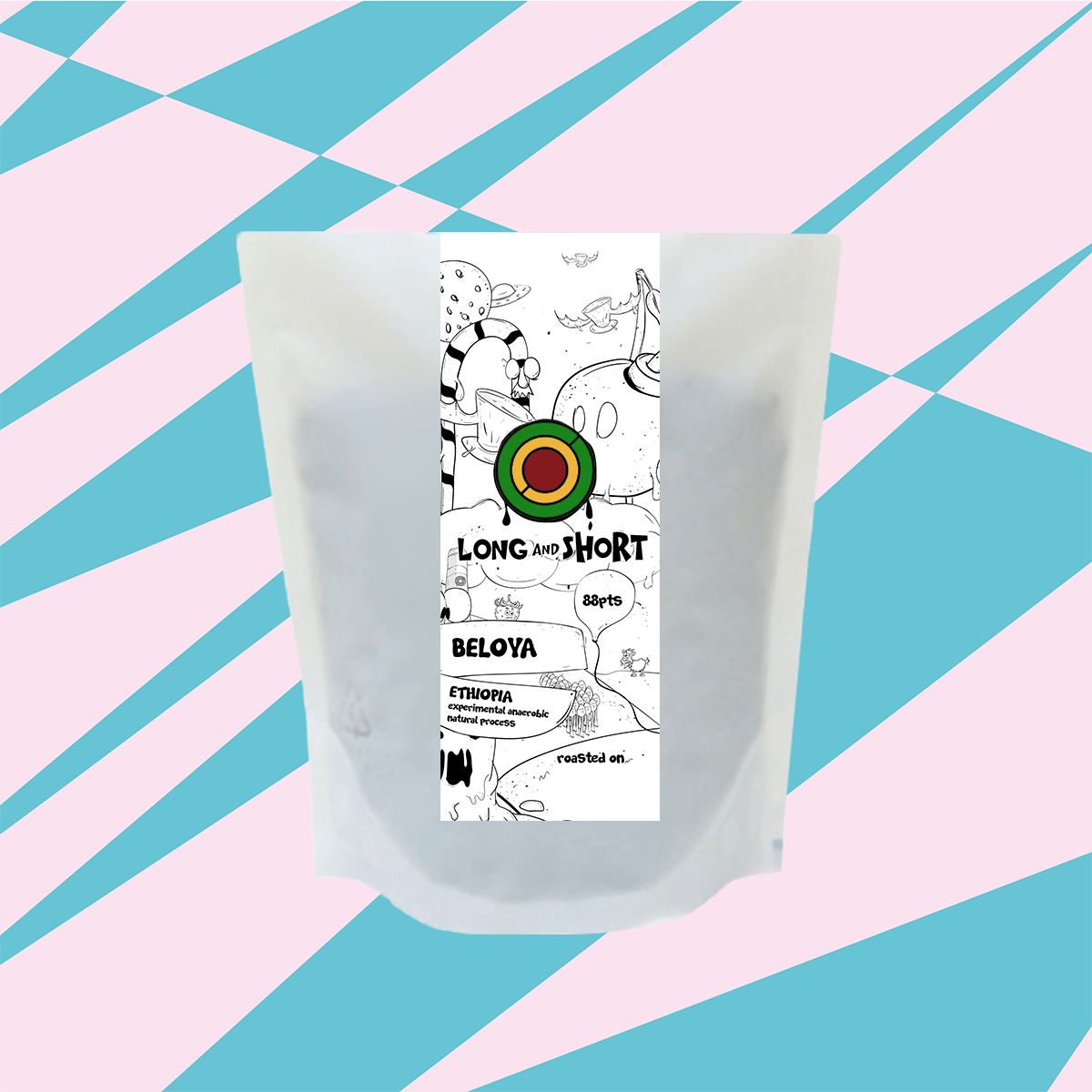
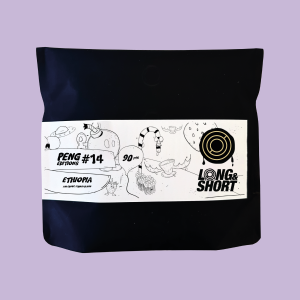

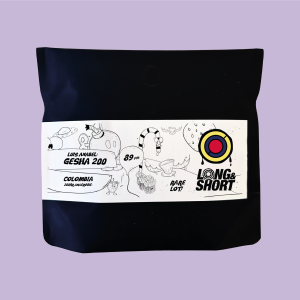
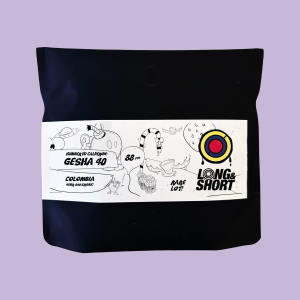
Reviews
There are no reviews yet.